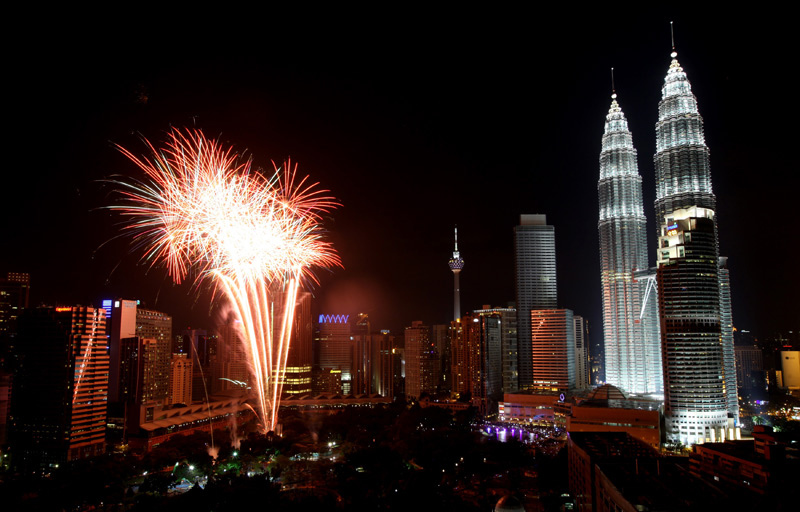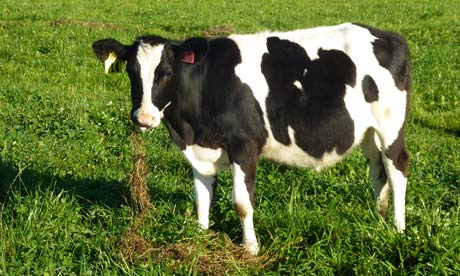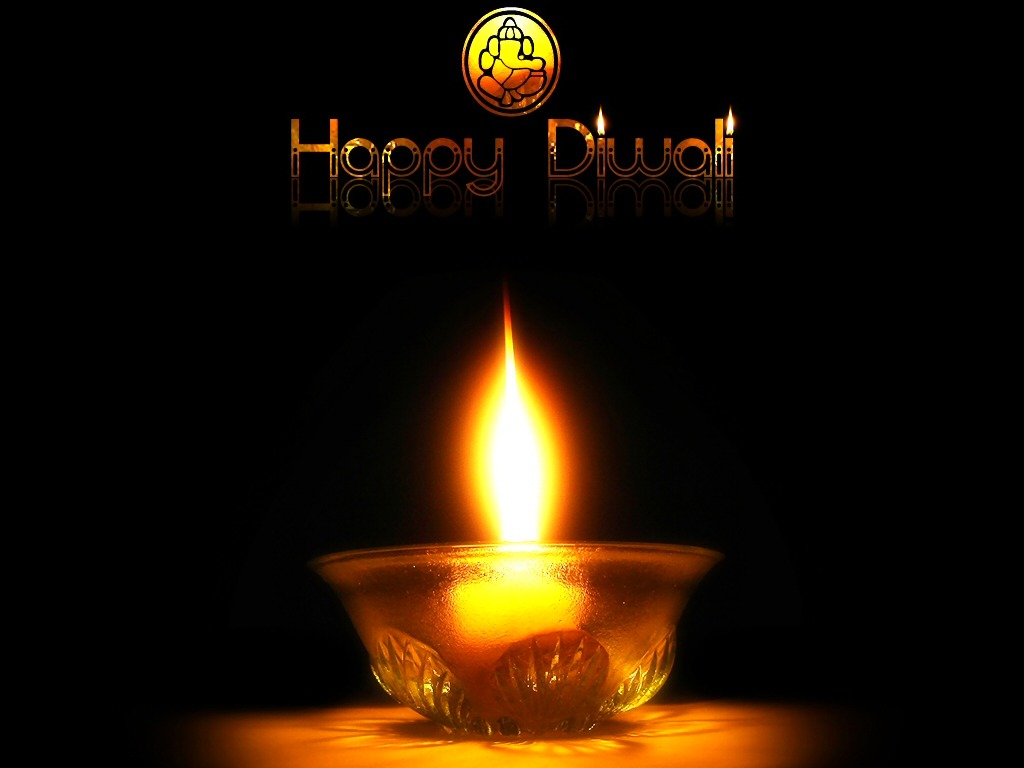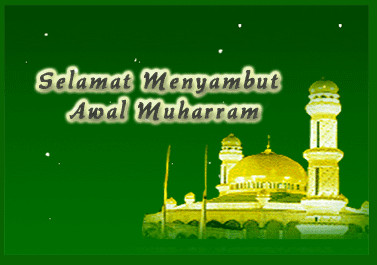· Indian
Indian
Indian are the part of ethnic group in Malaysia, as they occupied 7.1% of demographics in Malaysia. Indians migrated to Malaysia since early 19 century. Indian as they origin from India, still they were practicing the quite familiar cultural practices. But , the social influences are to bring about the revolution and changes of Malaysian-Indian cultural practices. However, there only little differences among the Indians descent and Malaysian-Indians(cultural practices)
Cultural Practices of Indian - Physical Appearance Practices
The Significance behind Red Dots
Indians wear a red dot on their
forehead as it has a religious significance. This red dot is called Bindi. For
Indians, the Bindi promotes concentration and aids in retaining energy. It also
has protective function against bad luck and demons. The red dots have its values, usually Indian
have the strong belief on the functionality of red dots. The carrier of red
dots also represents the inner eye to communicate with God based on the
perceptiveness of Indian.
Sources:' Religion Facts, "Bindi", Religion Facts.religionfacts.com. http://www.religionfacts.com/hinduism/things/bindi.htm
Traditional Attire - Malaysian Indian
Sarees - Female Clothes
Sherwani - Male Clothes
Eating Manners
The uses of Hands to Eat
 Indian only eat with right hand, there is a philosophy behind this Indian practice of
eating with the hand. In the view of Indian, eating is perceived as being a
sensual activity. The idea is that one should be able to enjoy the process of
eating with as many of the senses as possible - taste, smell, sight, and touch. Eating with finger is
rather good taste for Indian.
Indian only eat with right hand, there is a philosophy behind this Indian practice of
eating with the hand. In the view of Indian, eating is perceived as being a
sensual activity. The idea is that one should be able to enjoy the process of
eating with as many of the senses as possible - taste, smell, sight, and touch. Eating with finger is
rather good taste for Indian.
Special Table Manners
- Invitation of Meals
In Indian Cultural and perspectives, Indian always invited the guest to their houses because they thinks invite guest to restaurants consider an insult to guest. Always late to attending the meals as a guest, cause Indians often expected guest to be late as dining etiquette practices
- Rules and Basic Etiquette
- Wash Hand before start eating , a sign of respect others and self. Most of the Indians were sharing meals together as they have to pick their meals with hands, so hygiene is important, as to protect their self and other on hygiene aspect.
- Indians always offer foods to guest multiple times as to shows respect
- The eldest always serve to sit first, if there is no more chair, the youngest should be sitting on the floor to take meals. In Traditional Indian Cultural Practices, Males and Females should be separated during meal time. However, it was very rare to see this sight of opposite sexes divided in our modern society.
- Do Not Pass our Eating Foods with your left hand , because left hand mean unclean or bad meaning.Only Right Hand
- If done the meals, it is necessary to fold the banana leaves over the top as to shows respect and showing you done the meals
Beef the relation to Indian Dining Practices
Beef are absolutely not allowed to eat . In Indian Society, Cow are considered sacred animal and the Indians trusted that Cow are relative to their God. These practices have been known since ancient time.Yet, modern Hinduism still practicing on this.
Know More About The Origin of this practice????
Sources: 'Religion Facts, "The Cow in Hinduism", religionfacts. religionfacts.com.http://www.religionfacts.com/hinduism/things/cow.htm
For Other Races of People: Do Not Request your Indian friends to Eat Beef, this were let them think you are discriminating and criticizing their God, also their cultural practices as well. -Encouragement
Greeting Practices and Daily Practices
Traditions Indian Greeting Practices
1. Men shake hands with other men , generally avoid initiating a handshake with women. Perhaps, some westernized women were willing to shake hands with men
2. Indians usually value personal space, as don't stand too close to your Indian friends in first greeting
3. Left Hand is not allowed to shake hands or physical contact, absolutely not, it mean unrespect to other
4. Do Not touch other head
5. Do Not Point on someone or other people's feet , this is mean insult or offending other
Festival Practices
Deepavali
Deepavali are the Indian New Year. ( November - December)/ Malaysia Calender.
The Practices and Superstitions on the festival.
On this Day
Indians are to renovate and decorate their houses to welcome the their Gods of wealthy.Candles is light up throughout the day and everyone gazing at the flame.It is a good fortune to purchase gold or utensils, it signal a good fortune for the upcoming year. Being together and celebration. Wearing the colorful and traditional costume is encouraged for good luck. The wholes family will wake up at five in the morning and pray together.
They usually take an oil bath before they enter the temple in Deepavali. Oil Bath is a traditional bath to cool down the temperature of body.
Thaipusam Festival
On this day,
Indians will prepare a meal call Onasadya, a meal consisting of ten or above dishes by serving with banana leaves. And Family member are to sit on the floor to have the meal. Mostly consider as vegetarian meal incorporated of Olan, Avial or more. However, it is very rare to see this festival in Malaysia now.
Ugadi Festival
Pongal Festival
Pongal Festival is currently celebrate in Malaysia within the Indian community. A four harvest days festival.
More About the Pongal Festival Practices
view here=
http://www.pongalfestival.org/pongal-festival.html
Sources: 'Society for Confluence of Festivals in India. "Pongal", South India.Pongalfestival.org.
http://www.pongalfestival.org/pongal-festival.html
Prohibition/ Superstitious
1. Never ever Kissing in Public.Traditionally, Indian always prohibit against kissing or other physical contact in public. Except for Westernized Indians.
2. After moving into a new home, they will patch cow dungs on the wall of their entrance to prevent evil spirits from coming in.
3. A sparrow build a new nest in Indians home mean the good fortune
4.A dog howling in the sick man's chamber signals to the death of man
5. Seeing a peacock on a journey is also considered lucky, but hearing its shrill sound is bad.
6. Seeing an elephant when go for trips is signal of lucky. This is because an elephant represents Lord Ganesha, the Indian God who is the harbinger of good luck and removes obstacles.
7.Monday is not suitable for shaving and Thursday is a bad day for washing hair
8. Indian Girl are not allow to wear short pants or skirt in the public because such fashion tends to promote promiscuity.
9. Absolutely not allowed to holding hands in public for dating couples, traditionally it was inappropriate among Indians Community.
 Thank You Readers
Thank You Readers




















































.gif)